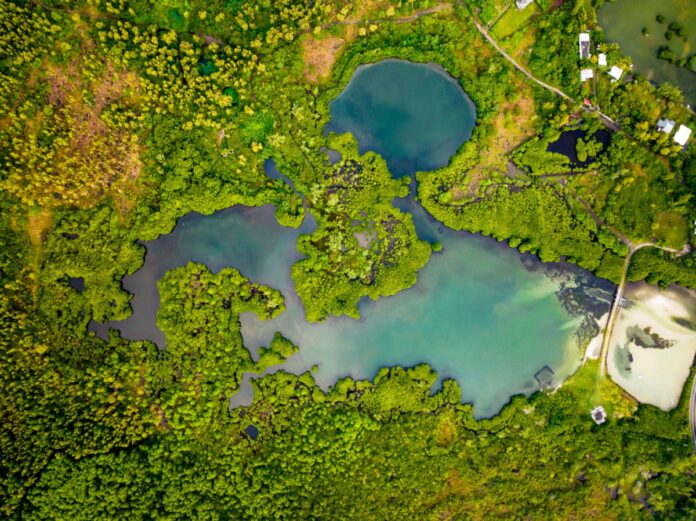Four major groups in the country – Eclosia, IBL, Currimjee and Scott – formed a collective last month to take over the coveted Roches Noires site and create a ” park open to all, in collaboration with local communities, NGOs and environmental associations”.
Dominique Bellier
For over ten years, this site adjacent to the Bras d’Eau nature reserve has been the subject of several real estate proposals, the latest of which is a Smart City promoted by the French company PR Capital. NGOs and academics alike have fought tirelessly to protect this unique site, and the project by the Collectif mauricien pour Roches Noires seems to echo their concerns.
Its partners have joined forces to raise the funds needed to secure the 358-hectare site and preserve and enhance its natural riches. As the collective explains: ” The sine qua non condition is that the commitment of the partners is sustainable over time and that the objectives of the nature park are maintained for future generations and for the sole benefit of Mauritians, residents and visitors to our island. ”
The collective sees the project as a laboratory in which to develop a new path of progress based on the preservation and regeneration of living organisms, genuine ecotourism and green and blue economy activities. The major groups would work hand in hand with NGOs, scientists and the people of Roches Noires, which would require the involvement of everyone. In this shared prosperity scheme, the village will be the gateway to the natural park, and the villagers will occupy a privileged place.
Roches Noires, an exceptional site
The Roches Noires site is home to exceptional natural resources, not only in Mauritius but also in the Mascarene Islands. A biodiversity hotspot, it is home to a first-class ecologically sensitive area, as well as swamps, a barachois and one of the largest mangrove forests in the Mascarenes. It also has the potential to become an ornithological reserve, ideal for birdwatching. Its mangrove forest provides multiple ecosystem services: carbon sequestration, refuge and breeding ground for numerous terrestrial and aquatic species, natural rainwater filter, bulwark against cyclonic risks and flooding.
The 358-hectare site is also home to the last remaining coastal dry forest in the Mascarene Islands, with almost 25 endemic plant species, including several ebony trees, and over 45 indigenous species. Its proximity to the wetlands enhances its biodiversity and exceptional density. The forest is home to endemic lizards, Mauritius swallows and endemic woodpeckers.
While many species live beneath the mirror of its waters, its land surface also holds a few surprises. The subsoil of this site is characterized by a succession of caves and lava conduits of great value, not only geologically, but also archaeologically (with ancient human traces). These caves are home to ecosystems favorable to the reproduction of insectivorous bats and salanganes. Sadly, some of them have been turned into dumping grounds by the planet’s most harmful species, in this case misnamed Homo sapiens…





